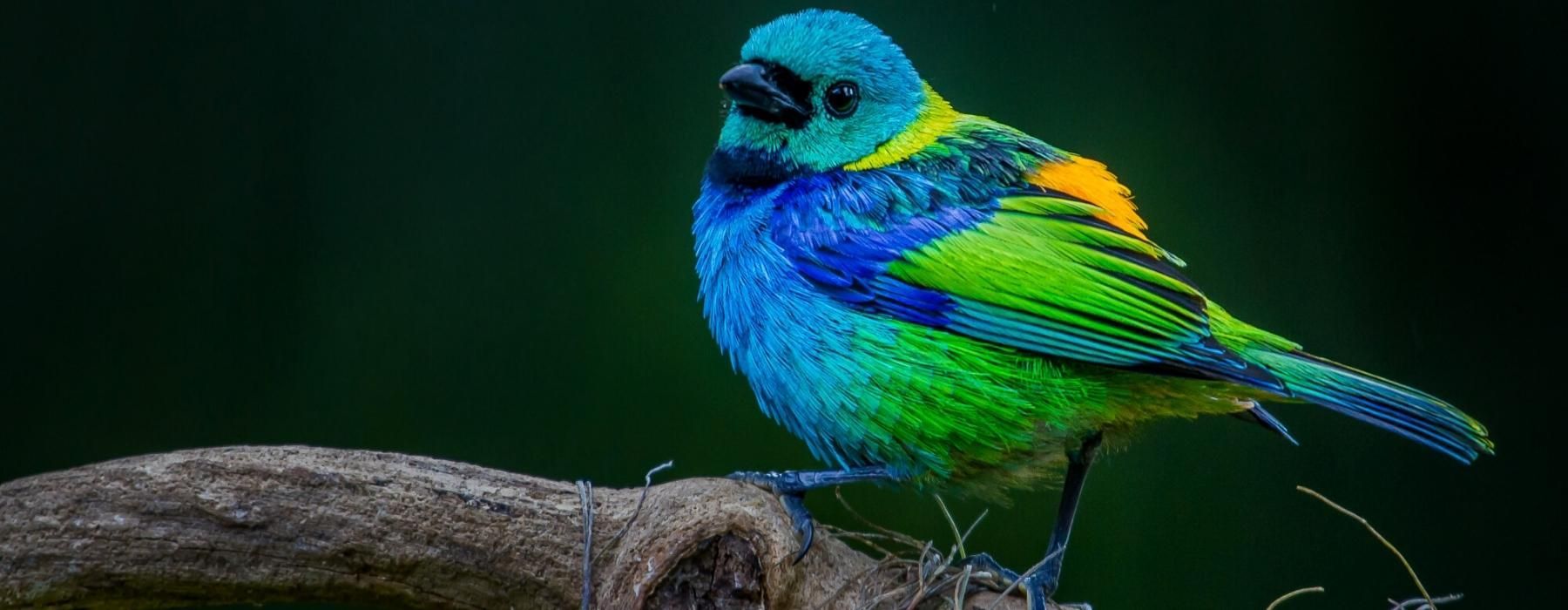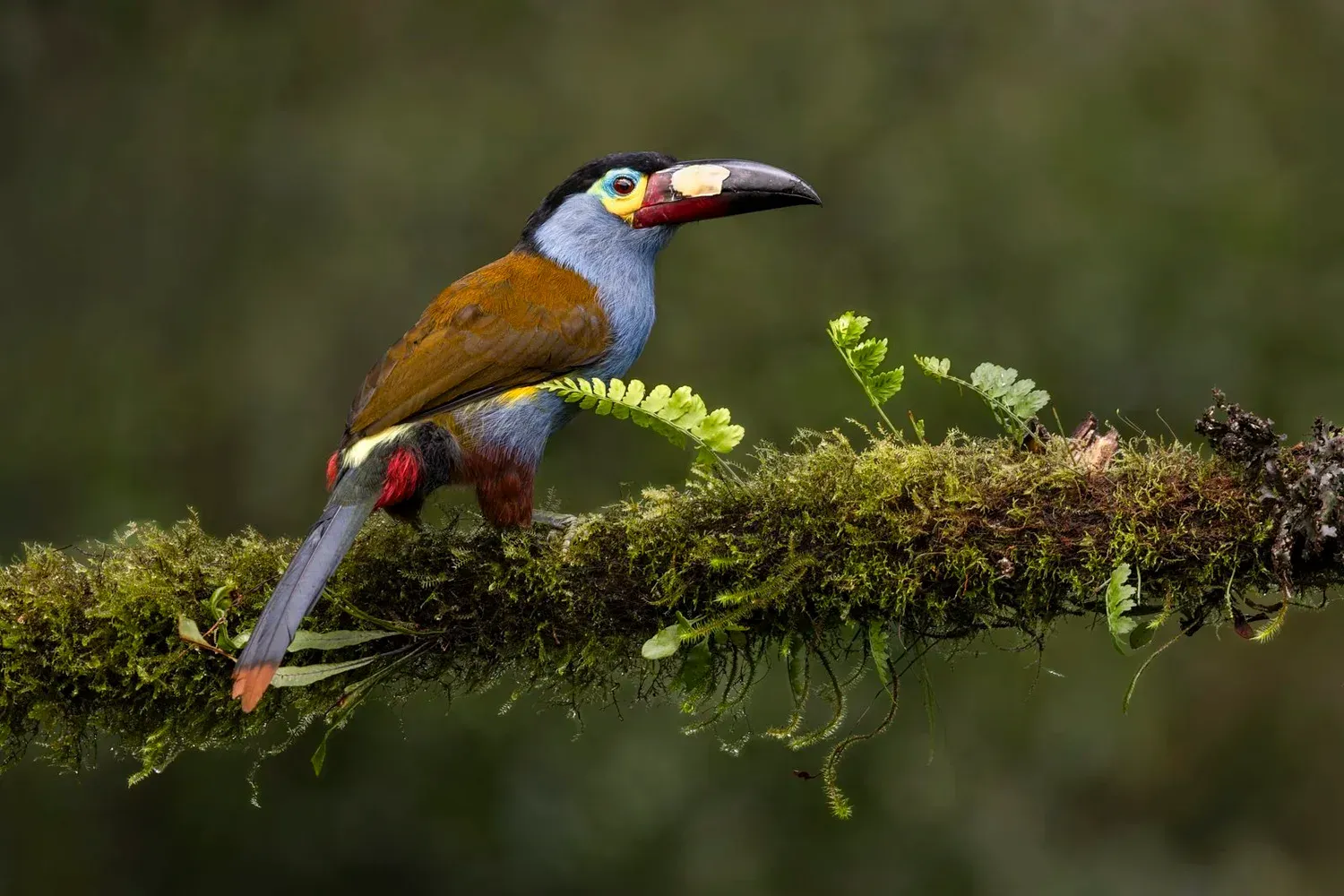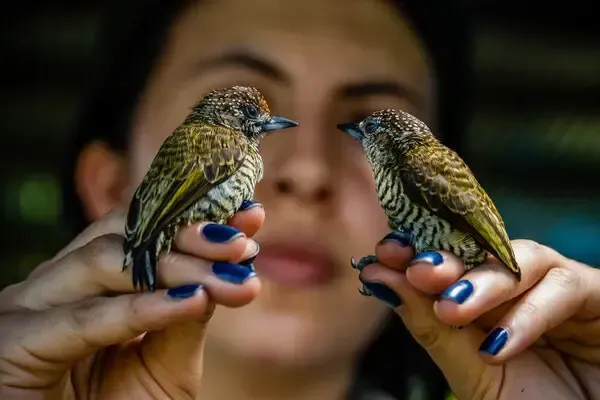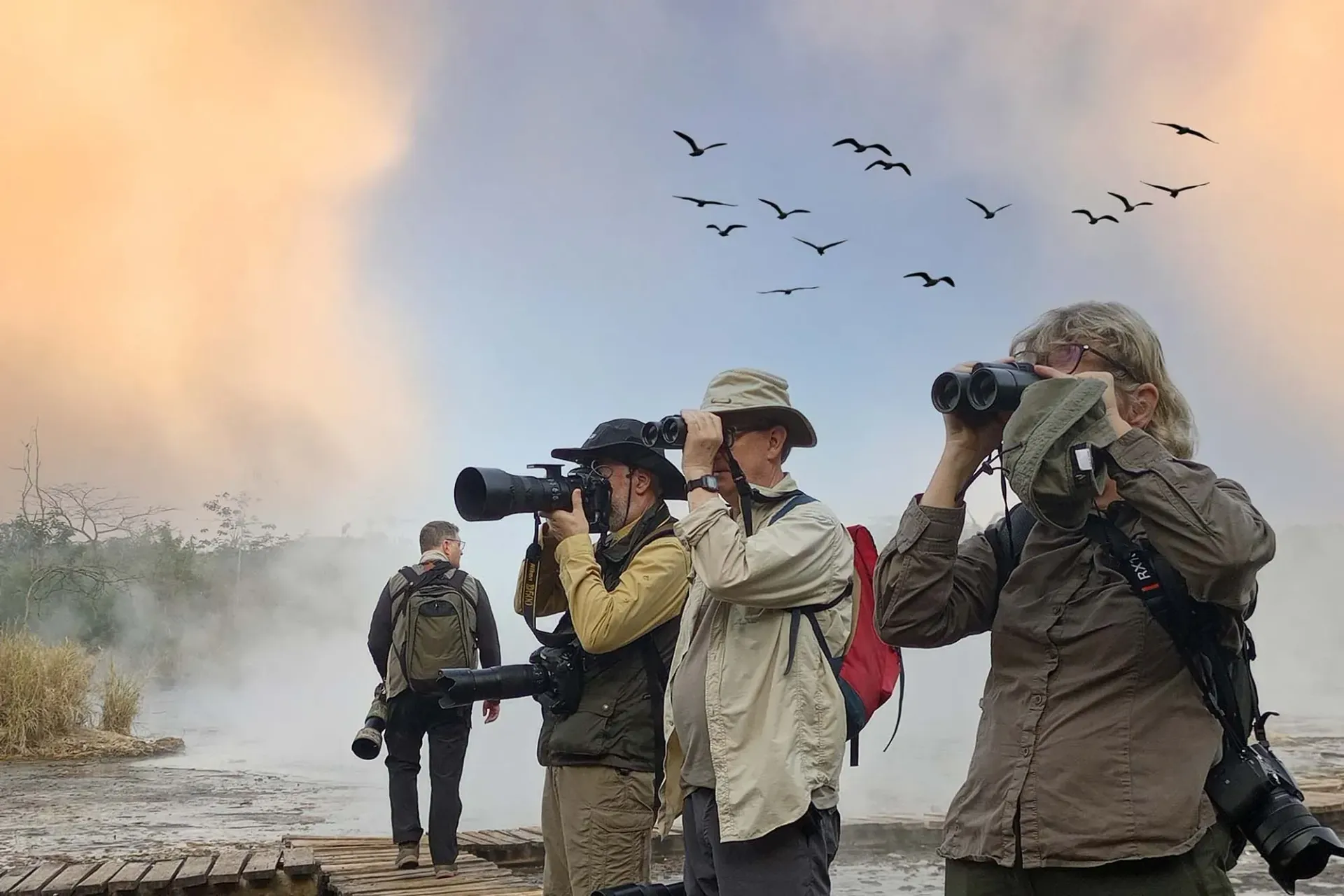Ecuador’s Best Bird Photography Spots You Can’t Miss
Ecuador’s Best Bird Photography Spots You Can’t Miss
Ecuador, though small in size, stands tall in biodiversity. For bird photographers, this South American gem offers one of the richest and most accessible avian experiences on Earth. With over 1,600 bird species, ranging from Andean condors soaring above volcanoes to jewel-toned hummingbirds in cloud forests, Ecuador is a paradise that every wildlife photographer should explore. Whether you’re a beginner with a camera or a seasoned professional seeking rare species, the country’s varied landscapes—Andes, Amazon, and coast—provide endless inspiration.
Mindo Cloud Forest: A Photographer’s Playground
The Mindo Cloud Forest, only two hours from Quito, is one of the most famous birding destinations in Ecuador. Mist-covered canopies, waterfalls, and lush greenery create the perfect setting for photographing vibrant species like Toucan Barbets, Cock-of-the-Rock, and over 30 species of hummingbirds.
Early morning walks are the best times for shooting, as birds are active and light filters beautifully through the forest mist. Lodges such as Bellavista Cloud Forest and Sachatamia Lodge offer specialized photography decks and feeders that bring the action up close to your lens.
Antisana National Park: Home of the Andean Condor
If dramatic landscapes and large raptors fascinate you, Antisana National Park is a must-visit. Located east of Quito, this high-altitude region features snow-capped volcanoes, wide páramo grasslands, and mirror-like lakes. The star of the show is the Andean Condor, one of the world’s largest flying birds.
Here, long lenses and patience are your allies. You can also capture species such as the Carunculated Caracara and Andean Lapwing against spectacular mountain backdrops. The park’s unique lighting conditions—bright skies and moody clouds—make for stunning compositions.
The Amazon Basin: Yasuni National Park and Napo Wildlife Center
For those craving adventure, the Ecuadorian Amazon delivers an unforgettable experience. Yasuni National Park and the Napo Wildlife Center are among the best spots for photographing Amazonian birdlife.
Expect to encounter Macaws, Hoatzins, Toucans, and Cotingas among hundreds of other species. Photographers can shoot from canopy towers, boat rides along the blackwater creeks, or clay licks where parrots gather in vibrant groups. Because of the humid and dense forest, it’s essential to use waterproof gear and higher ISO settings for low-light conditions.
Podocarpus National Park: Southern Ecuador’s Hidden Gem
Located near Loja and Zamora, Podocarpus National Park is often overlooked but offers incredible photographic opportunities. The park bridges Andean and Amazonian ecosystems, meaning you can spot both highland tanagers and lowland parrots within a day’s travel.
Trails like Cajanuma and Bombuscaro lead you through mossy forests where Mountain Toucans, Antpittas, and Flowerpiercers thrive. It’s a serene location for photographers who prefer fewer crowds and a deeper connection with nature.
Cuyabeno Wildlife Reserve: The Mirror Lakes of the Amazon
For photographers seeking reflections and moody Amazonian light, Cuyabeno Reserve is ideal. This area features flooded forests and lagoons where you can photograph kingfishers, herons, and jacamars from canoes. The reserve’s still waters often mirror colorful sunsets and birds in flight, making for dramatic compositions.
Staying at one of the eco-lodges allows you to capture wildlife both day and night. Don’t forget your tripod and a fast telephoto lens—lighting changes rapidly in the jungle.
Papallacta Pass: The Gateway to High-Andean Birding
At over 4,000 meters in elevation, Papallacta Pass offers a completely different birding scene. Here, Andean Hillstars, Ecuadorian Hillstars, and Cinereous Conebills dominate the landscape.
This high-altitude environment requires warm clothing and some acclimatization, but the rewards are spectacular. Misty mountain light, rugged scenery, and unique bird species make Papallacta an essential stop on any bird photographer’s itinerary.
Guango Lodge: The Hummingbird Haven
Just a short drive from Papallacta, Guango Lodge is a hummingbird paradise. Over a dozen species can be photographed within a few meters, including the Sword-billed Hummingbird—famous for its incredible beak longer than its body.
Photographers often spend hours here experimenting with flash setups and high-speed techniques to freeze hummingbirds in flight. The lodge’s feeders and flower gardens make it easy to practice different angles and lighting styles.
Coastal Birding: Machalilla National Park and Isla de la Plata
Ecuador’s Pacific coast offers another dimension for bird photography. In Machalilla National Park, you’ll find Blue-footed Boobies, Frigatebirds, and Tropicbirds, while nearby Isla de la Plata is often called the “Poor Man’s Galápagos” due to its similar species diversity.
Boat trips provide chances to photograph seabirds diving for fish or gliding above turquoise waters. For macro enthusiasts, mangrove areas nearby also host crabs, kingfishers, and herons, offering variety for your portfolio.
The Galápagos Islands: A Dream for Every Photographer
No list of Ecuador’s bird photography destinations is complete without mentioning the Galápagos Islands. These volcanic islands host unique species found nowhere else on Earth, including the Galápagos Penguin, Flightless Cormorant, and Darwin’s Finches.
The birds here are famously unafraid of humans, allowing for close, intimate shots without disturbing their behavior. Whether capturing a Waved Albatross in flight or a Blue-footed Booby displaying its dance, the Galápagos offers once-in-a-lifetime opportunities.
Tips for Bird Photographers Visiting Ecuador
- Timing Matters: The best time to visit is between October and April, when bird activity is high and conditions are favorable.
- Travel Light but Smart: Bring a versatile zoom lens (100–400mm or 200–600mm) and a sturdy tripod.
- Weather Protection: Rain and humidity can be intense—use waterproof covers and silica gel packs.
- Local Guides: Hiring experienced guides maximizes sightings and helps you reach less-visited locations.
- Respect Wildlife: Always maintain ethical distance and avoid playback or baiting.
Conclusion: Ecuador—A Compact Paradise for Bird Photography
Ecuador may be small, but it offers a world of bird photography possibilities within a few hundred kilometers. From misty cloud forests and snow-capped peaks to vibrant Amazonian jungles and ocean cliffs, every corner of the country invites you to capture something extraordinary.
Whether you’re a European photographer seeking new horizons, a seasoned birder chasing endemic species, or a traveler wanting to blend adventure with art, Ecuador will reward you with unforgettable images—and memories that last a lifetime.
In 2025 and beyond, Ecuador remains one of the world’s best destinations for bird photography, a place where biodiversity, accessibility, and photographic inspiration converge like nowhere else on Earth.









